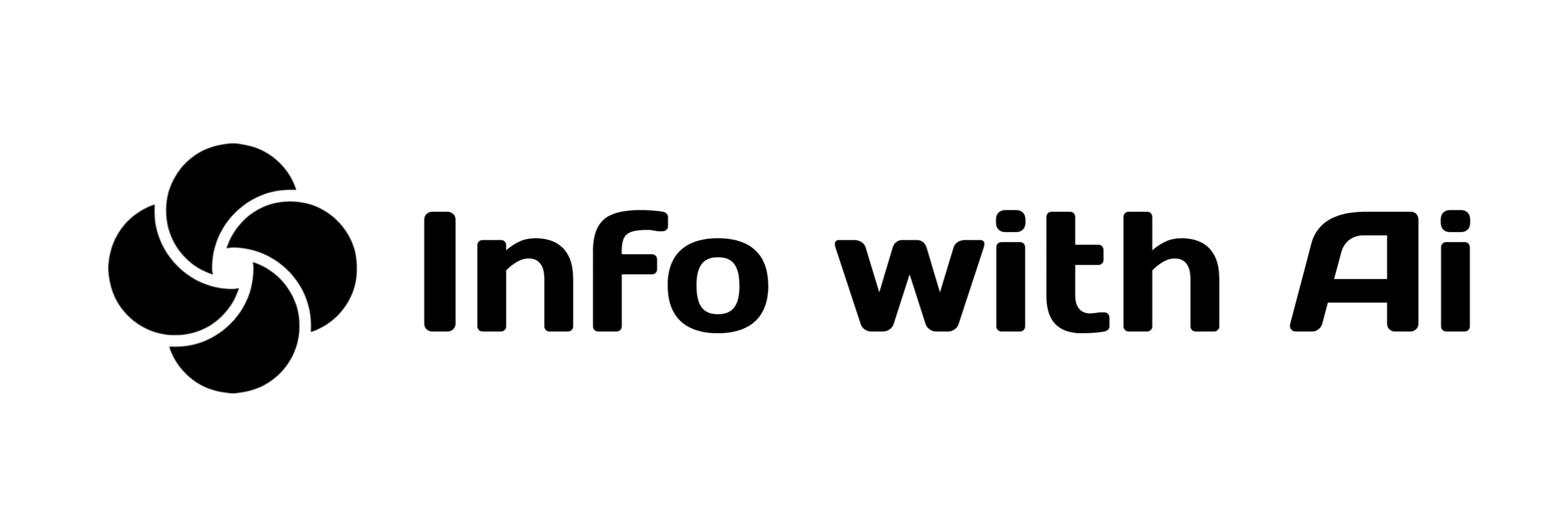In today’s digital world, chatbots have become essential for businesses looking to improve customer service, automate interactions, and streamline operations. With the right chatbot strategy, businesses can deliver real-time responses, enhance user experiences, and reduce operational costs. Here’s a guide on how businesses can effectively leverage chatbot development to improve efficiency and engagement.
1. Understanding Chatbots and Their Types
Businesses use chatbots to automate responses and handle customer inquiries. Here are common types of chatbots:
- Rule-Based Chatbots: Operate on a predefined set of rules and responses, suitable for answering frequently asked questions.
- AI-Powered Chatbots: Use machine learning to understand user intent and provide responses. They improve over time with each interaction.
- Hybrid Chatbots: Combine AI with human support, allowing agents to take over complex cases.
Chatbots cater to various business needs, from customer service to sales and marketing.
2. Benefits of Chatbots for Businesses
Implementing a chatbot can enhance business performance by providing:
- 24/7 Availability: Chatbots offer round-the-clock support, improving customer satisfaction.
- Improved Customer Engagement: Real-time responses keep customers engaged, leading to higher conversion rates.
- Cost Savings: Automating repetitive tasks reduces the need for extensive customer support staff.
- Data Collection: Chatbots gather valuable customer insights that can drive business improvements.
For more insights on chatbot advantages, visit Salesforce’s AI in Customer Service.
3. Planning Your Chatbot Strategy
Define the purpose and functionality of your chatbot based on business goals. Important questions include:
- What problems will the chatbot solve?
- Who is the target audience?
- Which platforms will the chatbot support (e.g., website, messaging apps)?
Tip: Use feedback from customer support teams to identify common issues that a chatbot can handle efficiently.
4. Choosing the Right Platform for Development
Choose a platform that supports your business needs. Popular options include:
- Facebook Messenger: Ideal for brands with a strong social media presence.
- WhatsApp Business API: Great for reaching international audiences.
- Website-Embedded Bots: Integrate directly with your site to support visitors in real-time.
For more on platforms, check out HubSpot’s guide on chatbot platforms.
5. Developing Your Chatbot
The development stage involves setting up your chatbot to interact seamlessly with users. Here’s how to proceed:
- Design Conversational Flows: Map out questions and responses in a logical, user-friendly way.
- Implement Natural Language Processing (NLP): NLP helps the bot understand and respond accurately to user inquiries.
- Test Scenarios: Ensure that your chatbot can handle multiple scenarios to avoid frustrating customers.
If you’re not a developer, you can use platforms like Dialogflow or Chatfuel to create basic chatbots.
6. Testing and Improving Chatbot Performance
Testing is essential to provide a smooth experience. Key areas to focus on:
- Accuracy in Responses: Test for accuracy in understanding and responding to various queries.
- User Feedback: Collect feedback to continuously improve bot interactions.
- Performance Metrics: Track metrics like response time, user engagement, and conversation length to assess chatbot effectiveness.
7. Integrating AI to Enhance Chatbot Capabilities
AI-powered chatbots use machine learning to continuously improve their responses. By analyzing past interactions, AI chatbots learn to anticipate user needs better, leading to:
- Improved Customer Service: Personalized responses enhance user experience.
- Enhanced Sales Conversions: Chatbots can predict and recommend products based on past user behavior.
AI chatbots can be created using platforms like Microsoft Azure AI or IBM Watson Assistant.
8. Analyzing and Scaling Your Chatbot
Once your chatbot is live, analyze its performance to see if it meets business goals. Regularly review data to make improvements, such as:
- Adjusting Conversational Flows: Modify scripts based on customer behavior patterns.
- Adding New Features: Expand bot capabilities by incorporating voice interactions or sentiment analysis.
- Expanding to New Platforms: If your initial platform is successful, consider scaling to other messaging apps.
9. Best Practices for Chatbot Implementation
To get the most out of your chatbot, keep these best practices in mind:
- Keep Responses Concise: Avoid long messages that can overwhelm users.
- Add a Human Touch: Personalize interactions with friendly language and emojis where appropriate.
- Provide a Human Support Option: Always have an option to transfer to a human agent for complex issues.
10. Future of Chatbots for Businesses
The chatbot industry is evolving rapidly, with advancements in AI enabling more human-like interactions. Businesses can look forward to future features like voice-based chatbots, advanced sentiment analysis, and multilingual support, making them even more effective for global audiences.
Related Resources:
- Dialogflow – Google’s Conversational AI – Ideal for AI-driven chatbot development.
- IBM Watson Assistant – Comprehensive AI tool for business chatbots.
With strategic planning and the right tools, chatbot development can be a valuable asset for businesses aiming to automate and enhance customer interactions.







